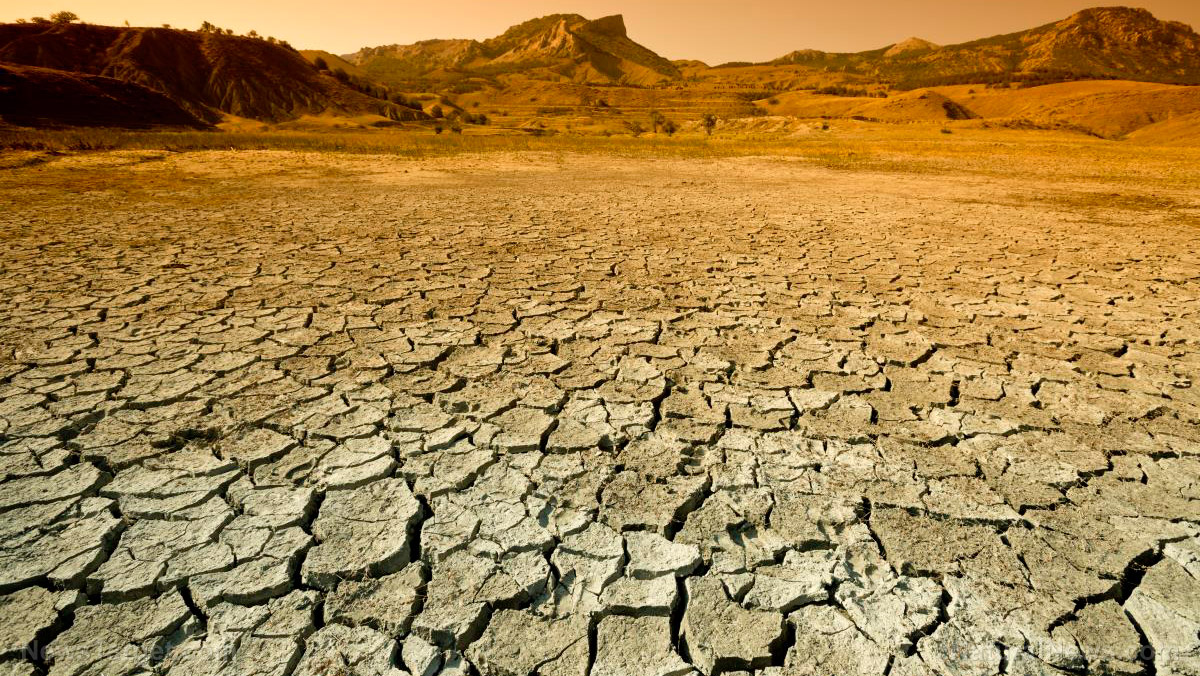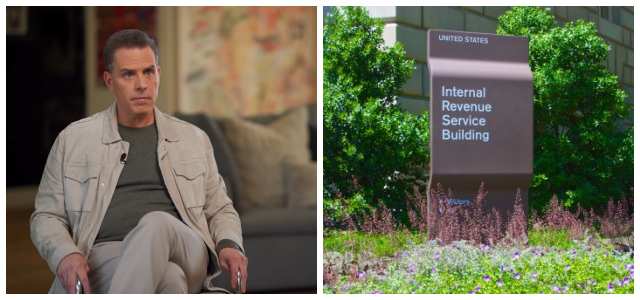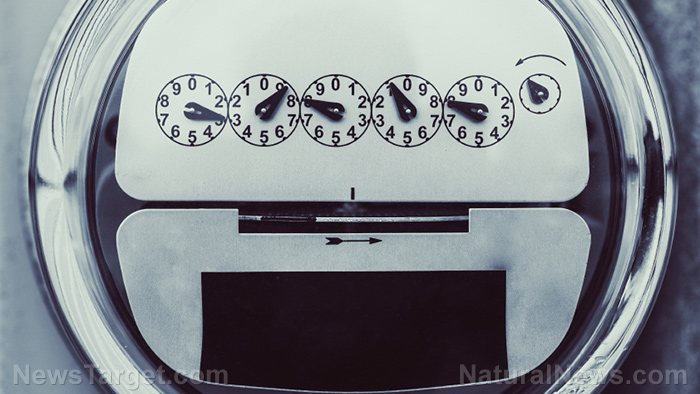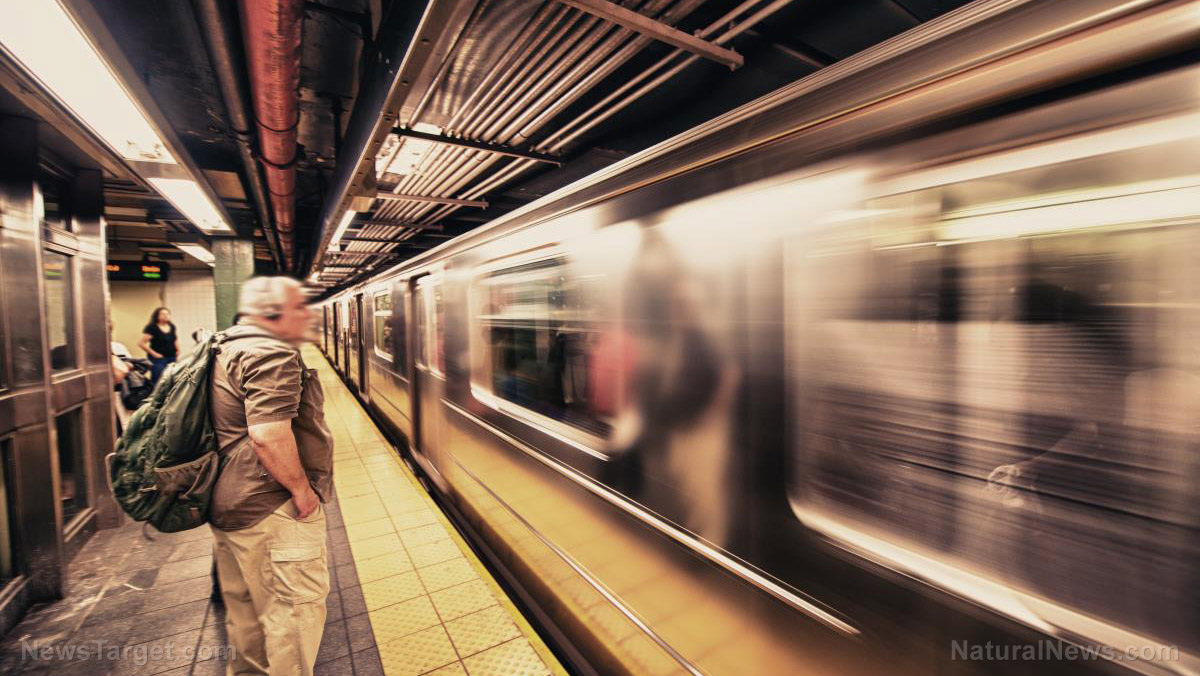
The state of California has reported its driest period in 100 years, a result of an ongoing mega-drought. The new finding supersedes the earlier report marking 1924 as the state's driest year. Experts have warned that the current dry period will get worse in the next 12 months.
According to the Western Regional Climate Center (WRCC), California has had a total average of only 11.87 inches of precipitation in the 2021-2022 water year. The current average is much lower than the amount of rain and snowfall in the 2020-2021 water year, which is 28.2 inches.
Prior to the 2021 finding, California last reported a minuscule amount of rain and snowfall in 1924. Climatologists have also compared the conditions to the 1976-1977 drought experienced by the state. Average rainfall in the state during that drought amounted to 28.7 inches.
Meanwhile, the California Department of Water Resources (DWR) says the 28.2 inches of precipitation recorded during the 2020-2021 water year has made that period the second-driest on record. DWR Interstate Resources Manager Jeanine Jones says the state would need about 140 percent of its average precipitation to reset the water table.
The figures come as California records its hottest summer this year, with the extreme heat parching the land. Thus, Gov. Gavin Newsom has called on residents to voluntarily reduce their water consumption by 15 percent. According to state officials, urban residents cutting their water use by 15 percent could save enough water to supply more than 1.7 million homes for a year.
"The entire state is in a drought today, and to meet this urgent challenge, we must all pull together and do our part to reduce water use as California continues to build a more climate-resilient water system to safeguard the future of our state," Newsom says. (Related: Californians told to conserve power as droughts reduce capacity of California's hydroelectric dams.)
Even reservoirs are insufficient to address the drought
Retired climatologist Bill Patzert says: "The history of California has been written in long droughts. There's a lot of water, but it comes down to how it's used." Given the situation in California, emergency drought proclamations have been issued in 50 of the 58 counties in the state.
Reservoirs in the state, expected to be much-needed water sources during the drought, have also seen their water levels decline. All but two of California's major reservoirs are now below their average storage level. Lake Shasta, the largest reservoir, is critically low – and so is Lake Oroville, the second largest.
The drought in California also affects the Colorado River, a major water source for the state. Two reservoirs along the river – Lake Powell and Lake Mead – have reported water levels so low that they cannot power hydroelectric plants. The United States Bureau of Reclamation (USBR) outlined its projections about the two lakes in a Sept. 22 press release. (Related: Water levels in Colorado River dams reach new lows, electricity generation may be halted.)
"Beyond 2022, the chance Lake Powell could fall below minimum power pool ranges from about 25 percent to 35 percent," it says. The press release adds that the lake has an almost 90 percent chance of hitting 3,525 feet – its target elevation – by 2022. USBR Upper Colorado Basin Regional Director Wayne Pullan says: "The latest outlook for Lake Powell is troubling."
The USBR press release also outlines grim projections for Lake Mead. "The chance of Lake Mead declining to 1,025 feet is as high as 66 percent in 2025, and that there is a 22 percent chance of the reservoir elevation dropping to 1,000 feet the same year," it says. WRCC climatologist Daniel McEvoy agrees with the projection, saying that even if a great water year was on the way, "you're not even going to come close to refilling Lake Mead."
CaliforniaCollapse.news has more articles about the ongoing mega-drought in California.
Sources include:
Please contact us for more information.





















